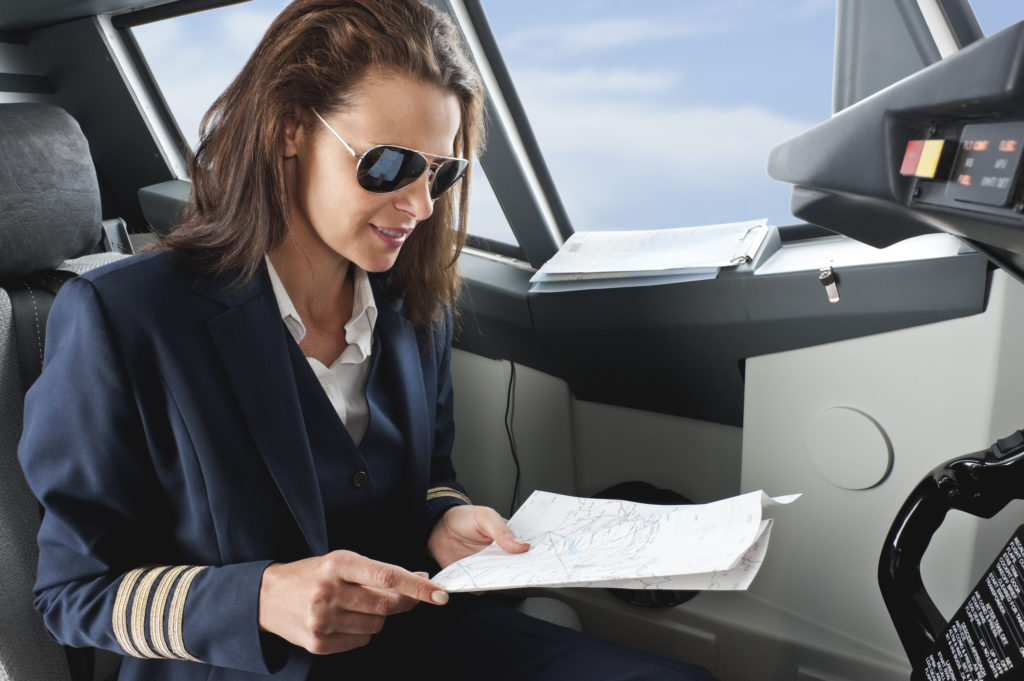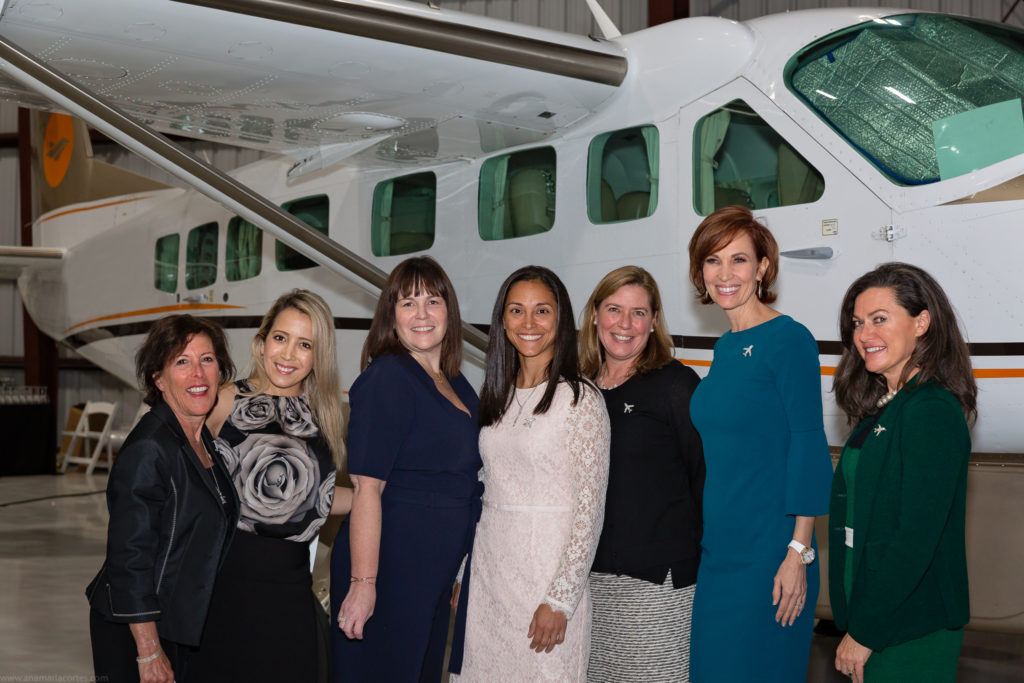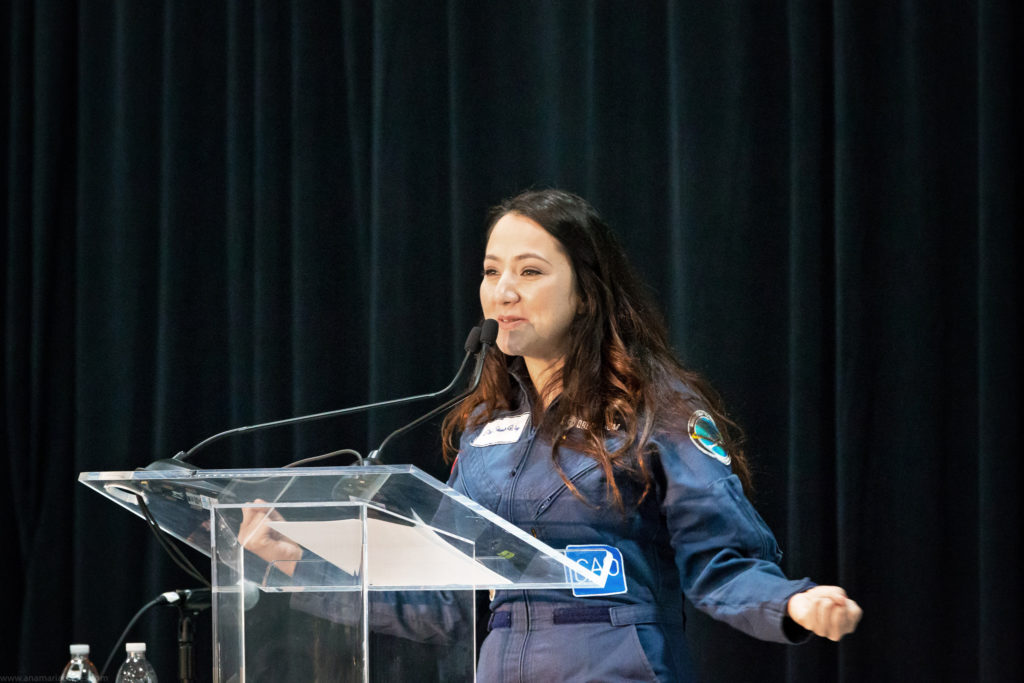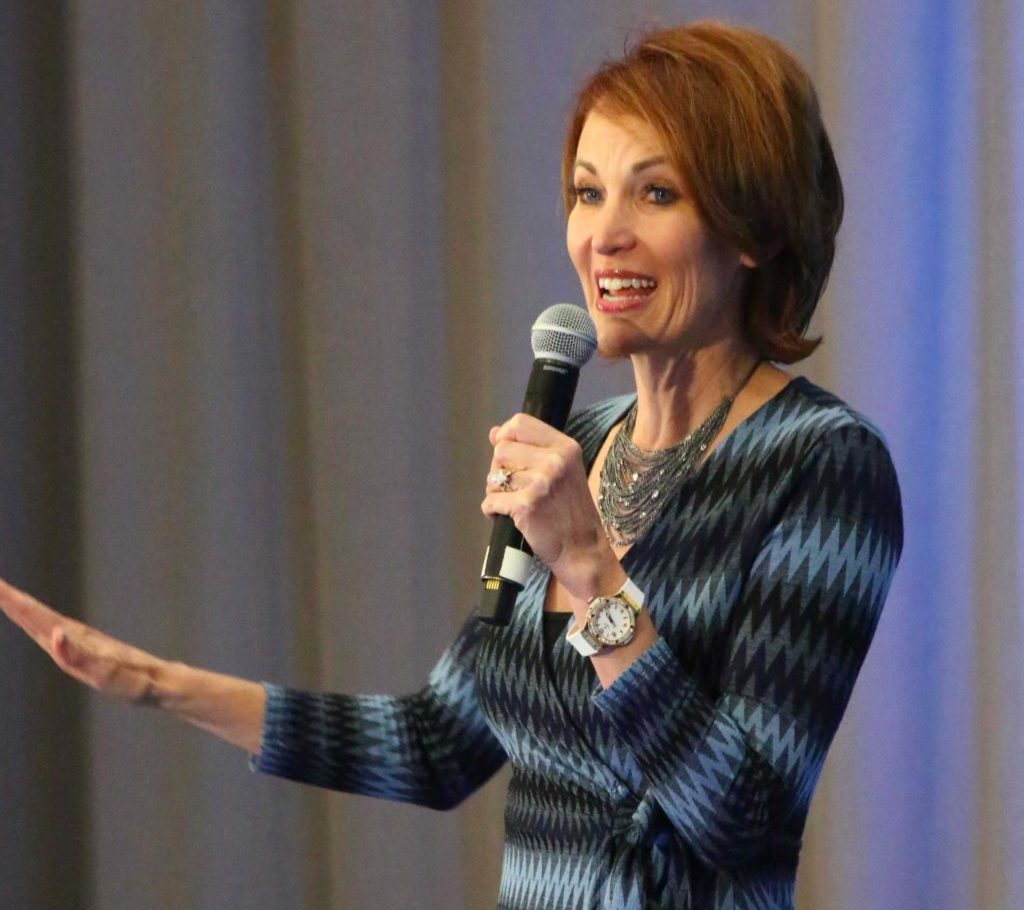Women: the untapped workforce
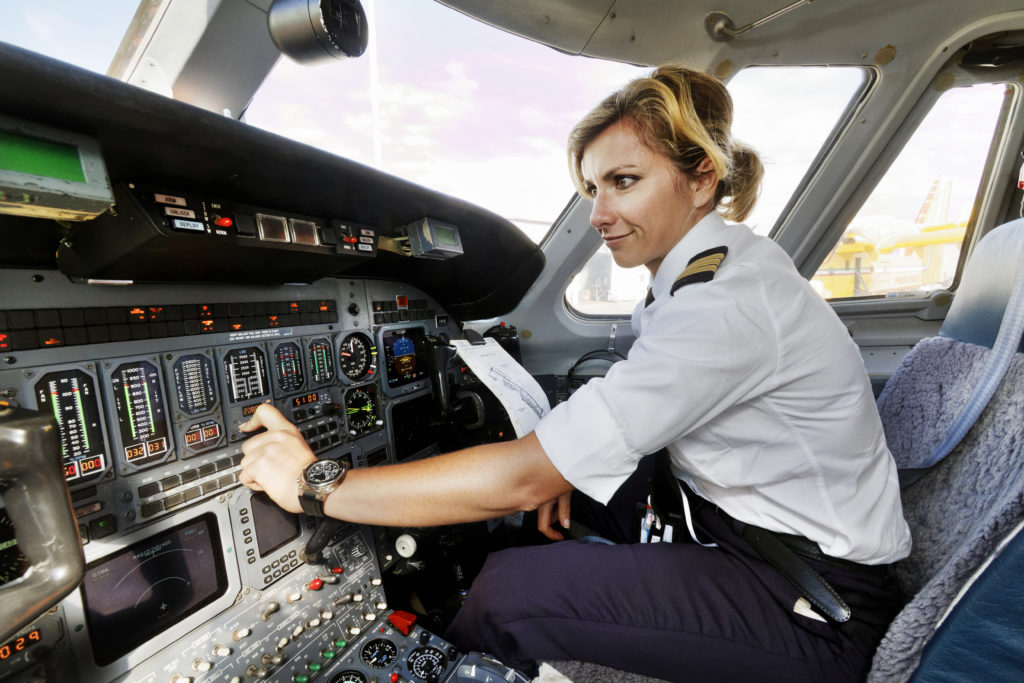
Empowering women in aviation
US Congressman Steve Knight and Congresswoman Elizabeth Etsy Introduced the Women in Aerospace Education Act in November 2017.
“We simply cannot meet our aerospace workforce needs unless we empower and equip more young women to enter this exciting field. We need to provide careers – not just jobs – for women,” Etsy said.
US Senators Susan Collins (R-ME), Chairman of the Senate Transportation Appropriations Subcommittee, and Tammy Duckworth (D-IL) introduced the Promoting Women in the Aviation Workforce Act of 2017, bipartisan legislation that would encourage women to pursue careers in aviation and promote programmes to support their professional development in the field.
The Single European Sky initiative (SESAR) indicates “aviation’s labour pool may be 40% female, but that cumulative figure is deceptive. It reveals little of the skill distribution between the sexes, the extent of female presence in senior roles, nor – looking towards the future – the gender ratio of tomorrow’s workforce, which will require a completely new range of additional skills to augment the established job functions we know today. Even the presence of women in aviation’s high visibility roles can be misrepresentative of the equality drive – for example, only 4% of the world’s commercial airline pilots are female.”
“While no aggregated data exists for controllers, country level data shows that in the late 70s and 80s there were nearly no women in the ATC working environment. Nowadays, gender parity in the ops room is no longer a real issue, with some countries like Turkey or France where the majority of the air traffic controllers are women. Where there are challenges are in the executive and governance level, with few women holding high level positions,” observes Marc Baumgartner, SESAR Coordinator for the International Federation of Air Traffic Controllers’ Associations (IFATCA).
According to the U.S. Federal Aviation Authority’s Aeronautical Center, in December 2016, there were 187,914 women in non-pilot roles in the US – 28.8% of the total, which includes flight attendants and customer service representatives. There were 584,362 pilots in the US, of whom just 6.7%, or 39,187, were women. There were 6,536 female mechanics (2.3% of the total) and just one flight navigator (1.5% of the total).
Lack of exposure
From personal experience, I do see some discrimination in the industry. Many women with whom I speak feel as though they must do their job more excellently than male counterparts to garner the same level of respect. Many also receive off-color comments from members of the opposite sex—whether co-workers or clients.
While these things are manageable, the biggest detractor to women in aviation—especially private aviation—is lack of exposure. Even young women who show interest in aviation are unaware of corporate aviation opportunities.
Several female executives at aircraft manufacturers recently have told me their companies do an adequate job of recruiting young female engineers, but have trouble keeping them longer than a few years. And they aren’t just leaving the company, they’re leaving aviation altogether.
As an industry, we must find ways to attract, retain, and promote a bright and enthusiastic workforce—including women. I am pleased to see men leading conversations in this area—from Tom Enders, CEO of Airbus, to Per Marthinson, co-founder of aviation software company Avinode, among many others.
International Aviation Women’s Association (IAWA)
As the Vice President, Inspire and Lead (Communications) for the International Aviation Women’s Association (IAWA), I plan to be part of the solution, bringing along as many cooperative people as I can. There are a few in strategic places already. IAWA has members in 38 countries representing 257 major companies and aviation authorities. As a 30-year-running non-profit, IAWA is dedicated to promoting the advancement of women in the aviation and aerospace industries at all levels across the globe, through scholarship awards, mentoring, networking, and leadership training.
In January 2018, about 90 women and 11 men gathered for an IAWA General Aviation Women’s Leadership Forum in Boca Raton, Florida to discuss opportunities and challenges for women in the industry. By popular demand, we’re making it an annual spring event, which complements the IAWA annual conference held around the world each fall—this year in Memphis, TN October 24-26.
Seeing first-hand the connections and interactions of influential women uniting to promote and encourage one another is powerful. Over the years, I’ve observed people—especially women who are often surrounded by men—need community and a sense of belonging. The need may be important for women’s long-term engagement in the workplace.
A recent Gallup Poll study notes, “When strong engagement is felt in a workgroup, employees believe that their co-workers will help them during times of stress and challenge. In this day of rapid-fire change, reorganization, mergers, and acquisitions, having best friends at work may be the true key to effective change integration and adaptation.”
I believe, working together, we can create an industry stronger for its diversity in gender, ethnicity, age, and cognitive thought. As we face a rapidly changing future, we must expand our horizons.
René Banglesdorf is the co-founder and CEO of Charlie Bravo Aviation, a worldwide aircraft brokerage based in Austin, Texas. She is an author and speaker and serves on the board of the International Aviation Women’s Association along with other female leaders from around the world and across all disciplines of aviation and aerospace.

